Lidar technology is emerging as a powerful asset for security system integrators and solutions providers in creating next generation safety and security applications. Lidar sensors are used to enhance threat detection and traffic management in areas that include airports, transportation and energy infrastructure, as well as retail, corrections and private facilities.
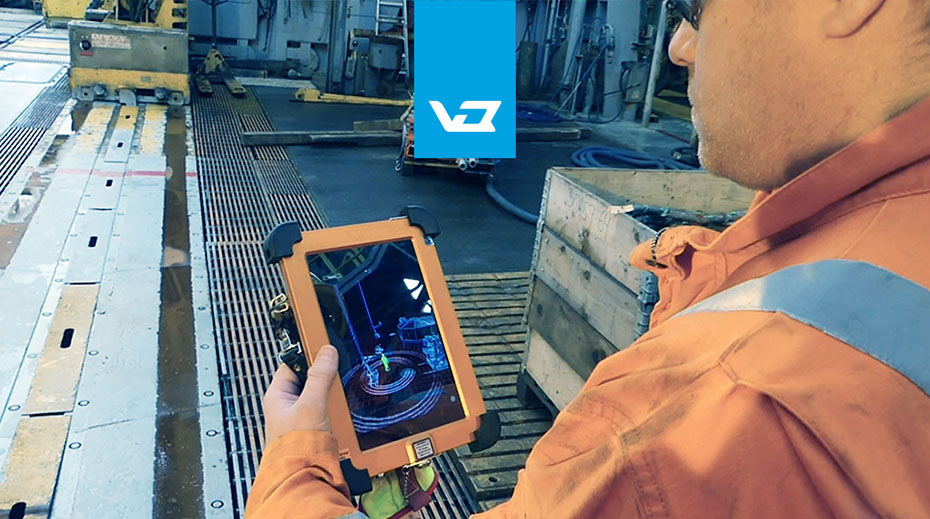
Lidar enables safety and security applications to collect reliable, detailed 3D data, and track people and objects while protecting privacy. For instance, Velodyne’s lidar sensors do not identify individuals’ facial characteristics, a growing concern for many applications. Lidar has an advantage in privacy over camera-only systems because lidar does not record details like hair and skin color.
Lidar can help improve threat detection and traffic management in many public and private spaces in application areas that include the following:
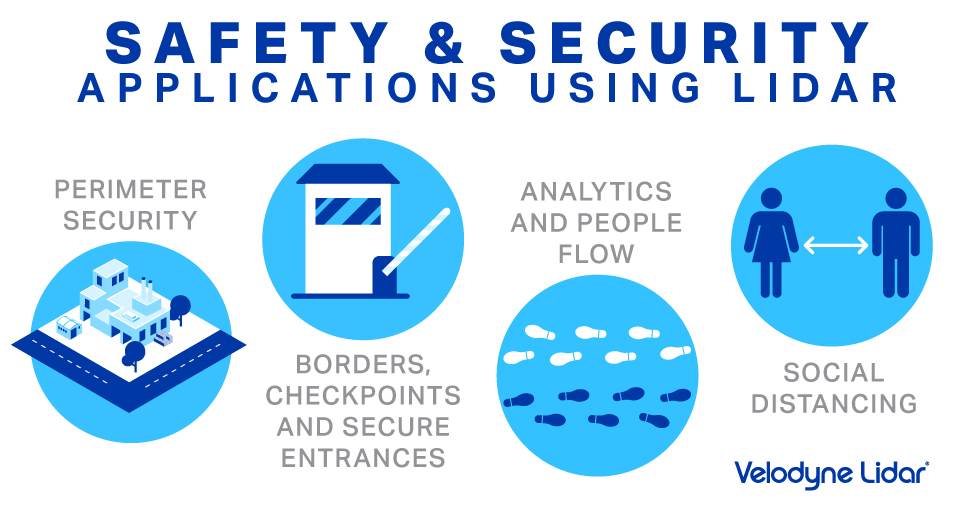
Lidar monitors an entire property and not just the border. The technology can create a full 3D model of the environment to track people and objects more seamlessly and easily.
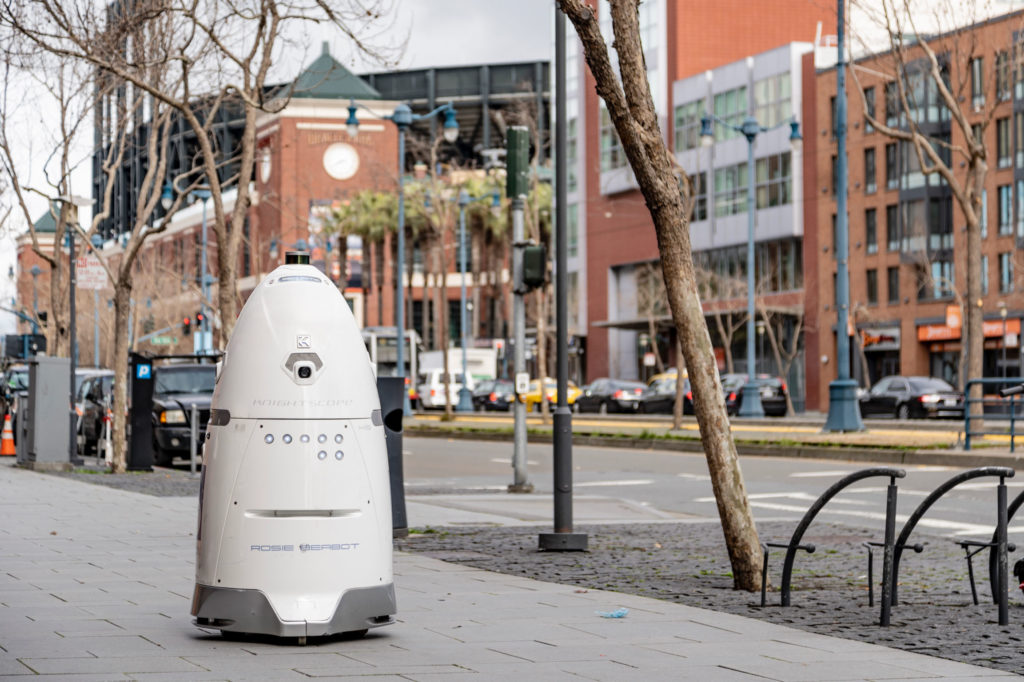
Lidar can effectively track people in crowded environments, making it an excellent tool for monitoring these types of areas. Even in corporate buildings, lidar can be effectively monitor how many people enter through a door to eliminate followers.
Lidar can track people to help businesses and governments monitor foot traffic to learn about traffic patterns, congregation areas, congestion points and more. This ability can help these entities analyze and better manage people flow and assets in large, crowded environments.
Lidar can be deployed to support social distancing and public health. The technology can track individuals without having to visually identify them. Safety and security applications can send out alerts when an abnormal event is detected, saving time and resources while optimizing crowd flows.
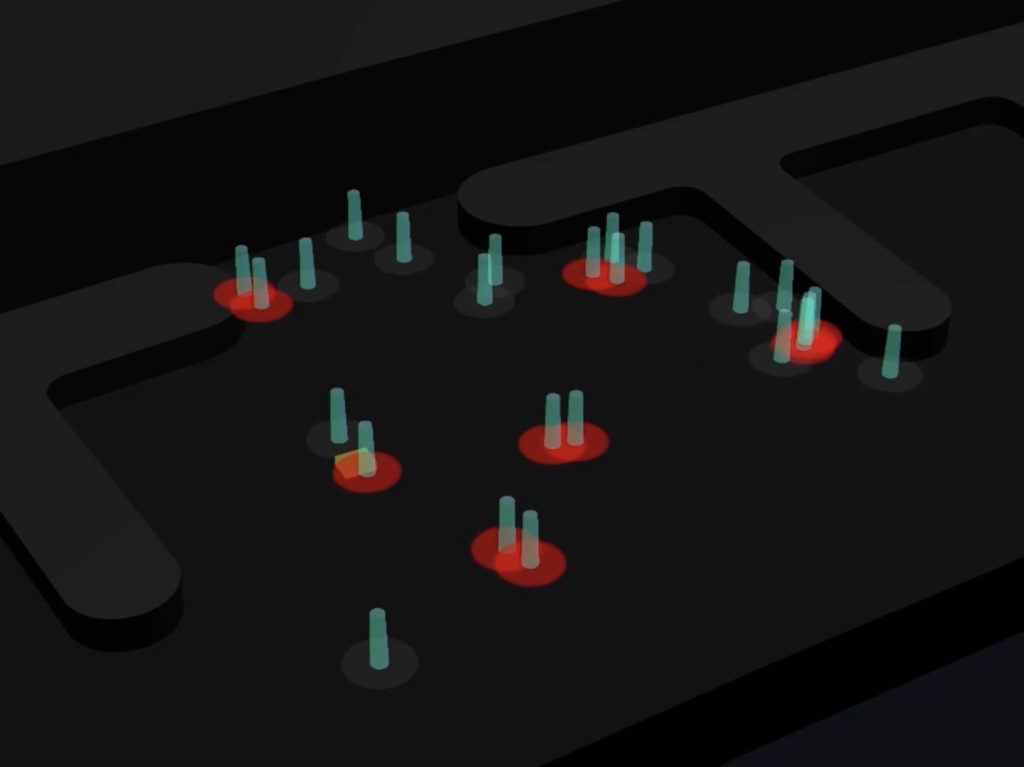
As implementation of smart security and monitoring systems increases, it is valuable to understand the various sensor technologies that are available.
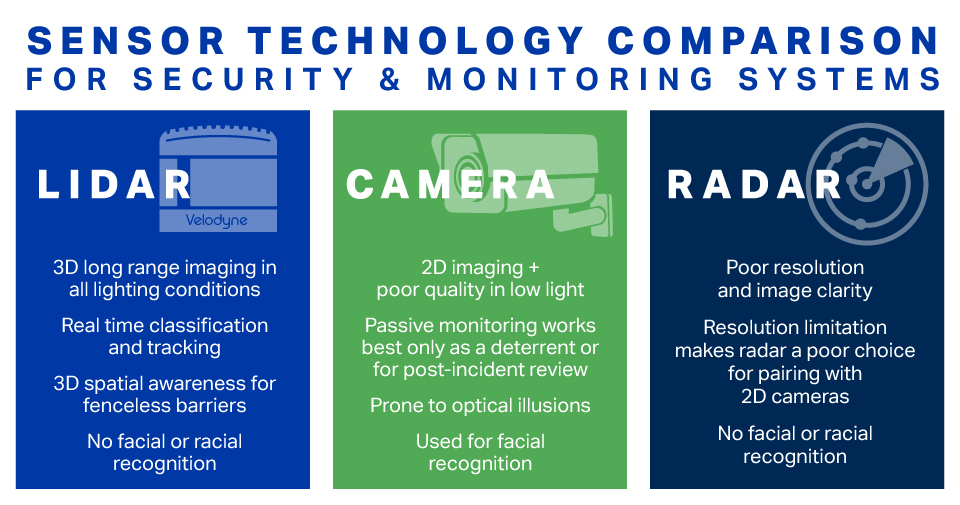
Lidar sensors can provide long range, real time, centimeter-level distance measurements of surrounding objects in nearly all lighting conditions. These capabilities give awareness in 3D space for users to easily define and monitor customized digital boundaries – establishing fenceless barriers. These boundaries can be used to enable highly reliable and consistent detection, tracking and counting of objects and people, both day and night. After detecting a defined perimeter breach, lidar-based systems can accurately classify and track objects, thus eliminating the time, cost and inconvenience that can result from false response monitoring.
Until recently, most security and monitoring systems have been designed primarily around camera sensor technology. Camera systems are mostly passive, functioning primarily as either a deterrent to bad behavior or a record to be accessed after an incident, rather than a real-time safety and security tool. Cameras provide images in two dimensions, without depth measurements, and can suffer in low-light conditions. Cameras may also be prone to optical illusions; for example, optical illusions may occur when target objects have low visual contrast with background scenery or when shadows stretch across a scene, producing costly false negatives or false positive readings.
Some security systems also employ radar sensors to cover weaknesses in camera technology. However, radar’s resolution, or image clarity, is generally relatively poor compared to lidar. This limitation means radar does not provide an effective complement to cameras in low-light or low-contrast scenarios where cameras struggle to detect and classify objects.
In addition to evaluating the core capabilities of sensing technologies, here are three more considerations for integrators and solutions providers to review for their safety and security systems.
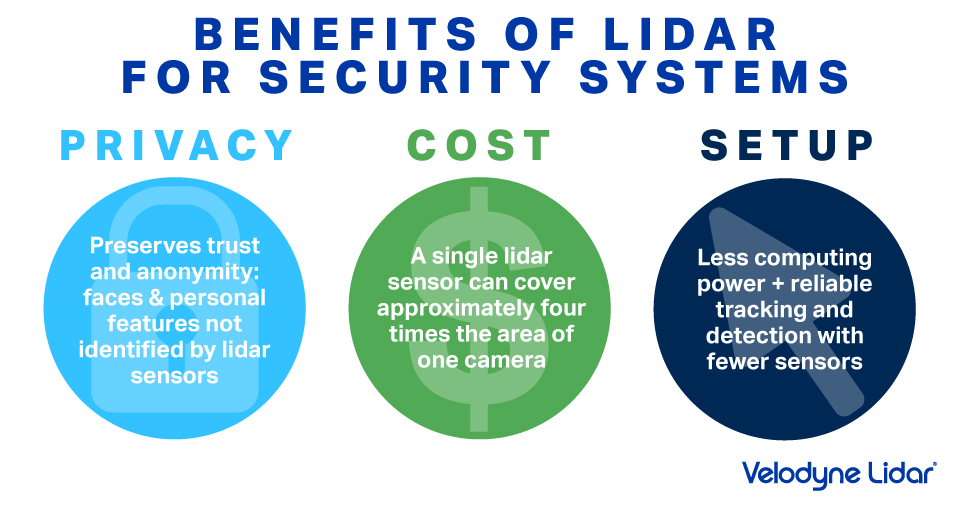
Lidar provides a key advantage over camera-based systems – privacy protection. With increased concerns that facial recognition technology will be used for general surveillance, a system using lidar as the initial source of object detection data enables a security solution that enables trust and anonymity. Safeguarding privacy is especially important in applications involving the public, such as retail monitoring and queue management.
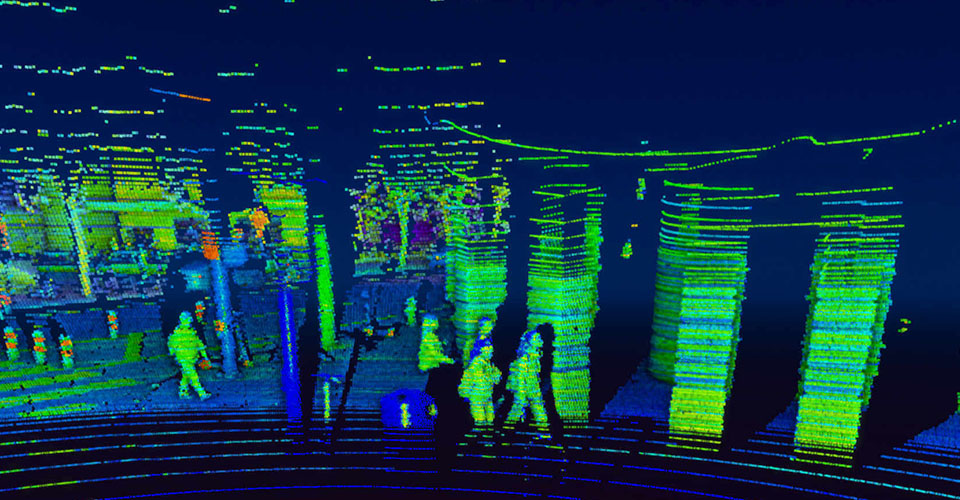
The industry has seen leading tech vendors stepping away from their own facial recognition technologies, as reported in Forbes. The Forbes story notes that IBM plans to leave the facial recognition business, Amazon is placing a one-year hold on police departments using its facial recognition technology, and Microsoft is waiting on federal legislation before the company starts selling its comparable technology to law enforcement. In the U.S. Congress, there is legislation that seeks to ban the use of facial recognition and other biometric surveillance technology by federal law enforcement agencies. The legislation would also make federal funding for state and local law enforcement dependent on the enactment of similar bans.
One strength commonly associated with cameras in comparison to lidar is cost. However, when the total scope of system components required to achieve optimal levels of performance and perception coverage are considered, the assumed advantage of camera-centric approaches diminishes greatly. A single lidar sensor can typically cover roughly four times the area of one camera in safety and security applications, significantly decreasing the costs and logistics of installation.
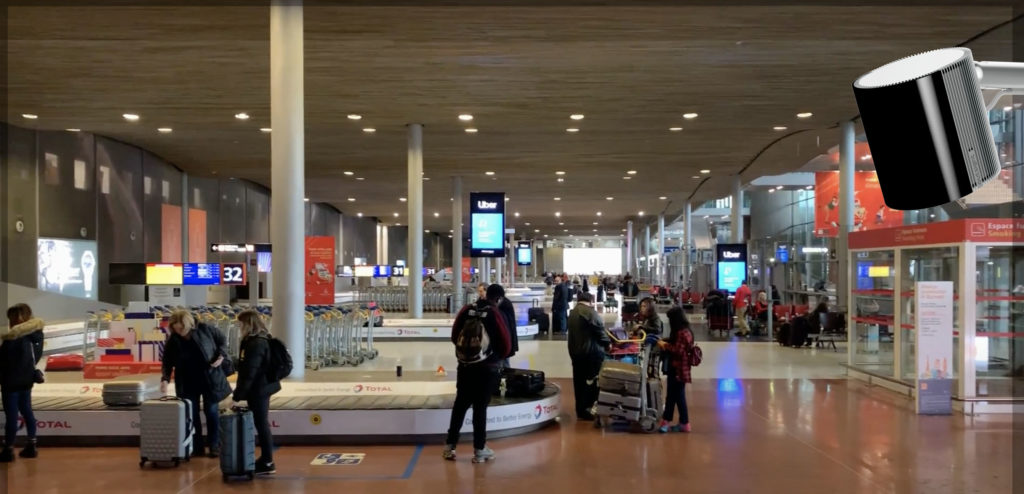
A lidar-based security solution has setup efficiency and simplicity benefits over camera-based approaches. Using high-quality lidar, which generates dense point clouds at longer ranges, enables reliable and consistent object detection and tracking with fewer sensors. Additionally, lidar data is much faster and simpler to process, requiring less computing power within a system compared to cameras.
Next generation security applications will likely be smart, efficient and automated. These systems will strive to enhance threat detection and enable accurate real-time notification in airports, retail, intersections and more, including both private and public spaces. As the interest in deploying smart security and automated monitoring systems increases, lidar can play an essential role in safety and security solutions.
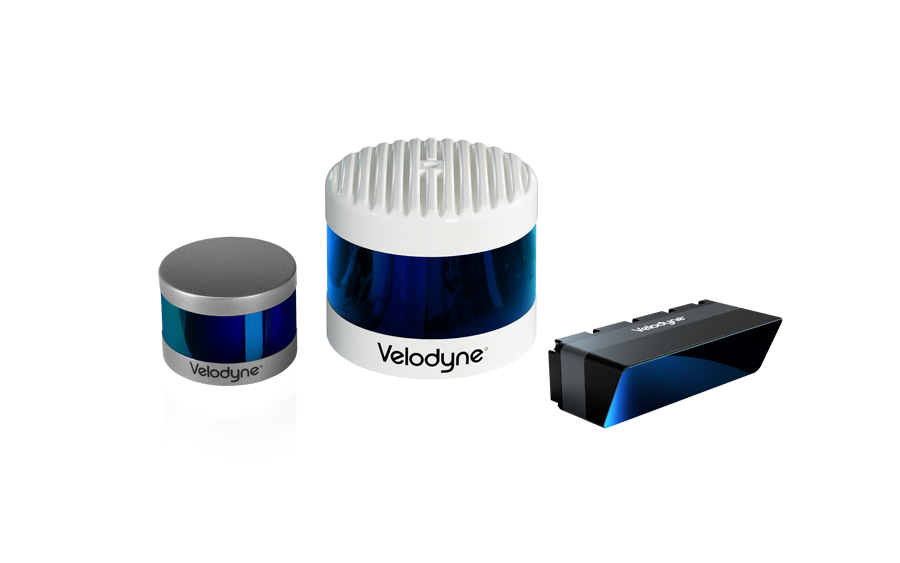
Velodyne Lidar (Nasdaq: VLDR, VLDRW) ushered in a new era of autonomous technology with the invention of real-time surround view lidar sensors. Velodyne, a global leader in lidar, is known for its broad portfolio of breakthrough lidar technologies. Velodyne’s revolutionary sensor and software solutions provide flexibility, quality and performance to meet the needs of a wide range of industries, including robotics, industrial, intelligent infrastructure, autonomous vehicles and advanced driver assistance systems (ADAS). Through continuous innovation, Velodyne strives to transform lives and communities by advancing safer mobility for all.